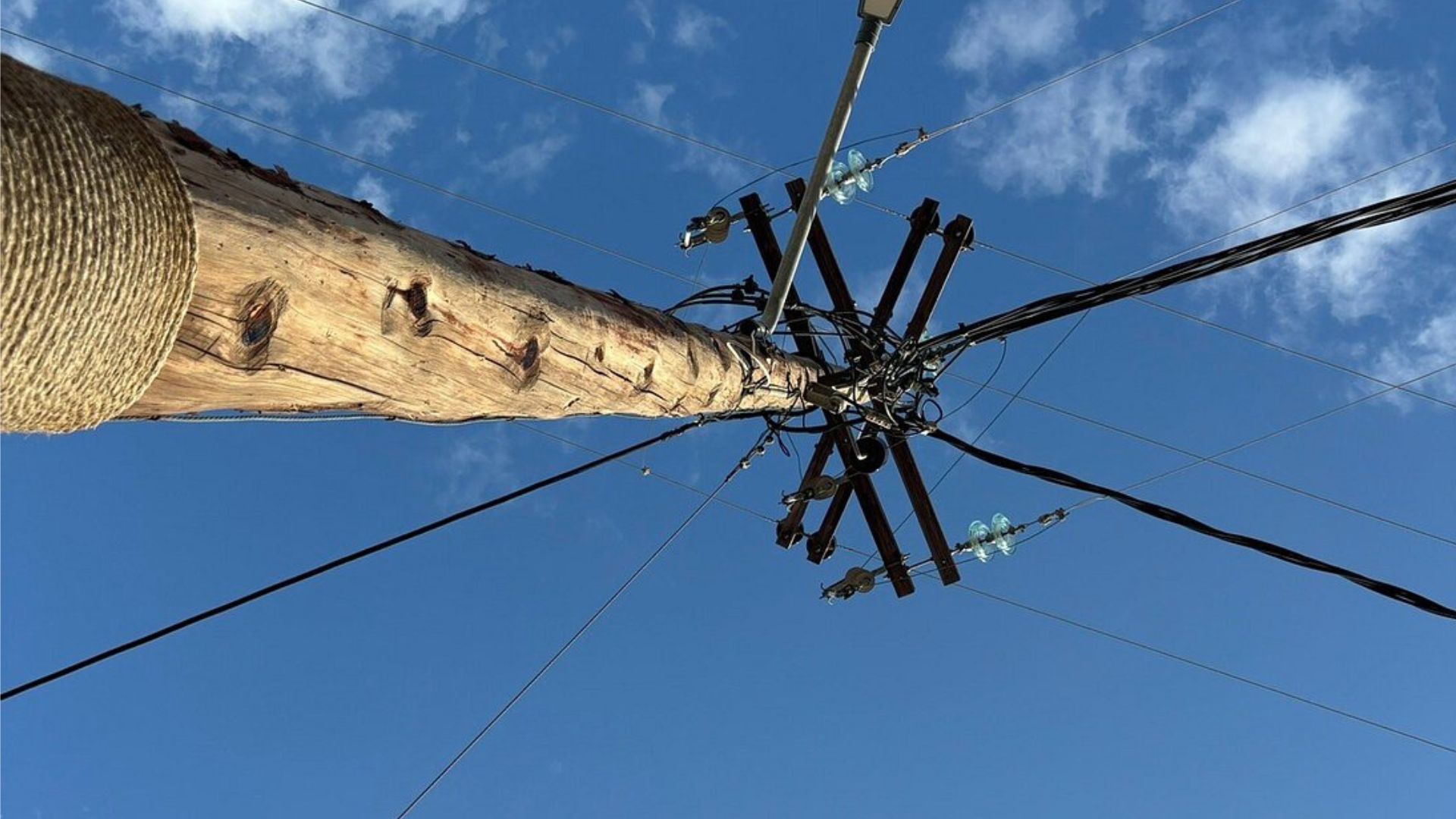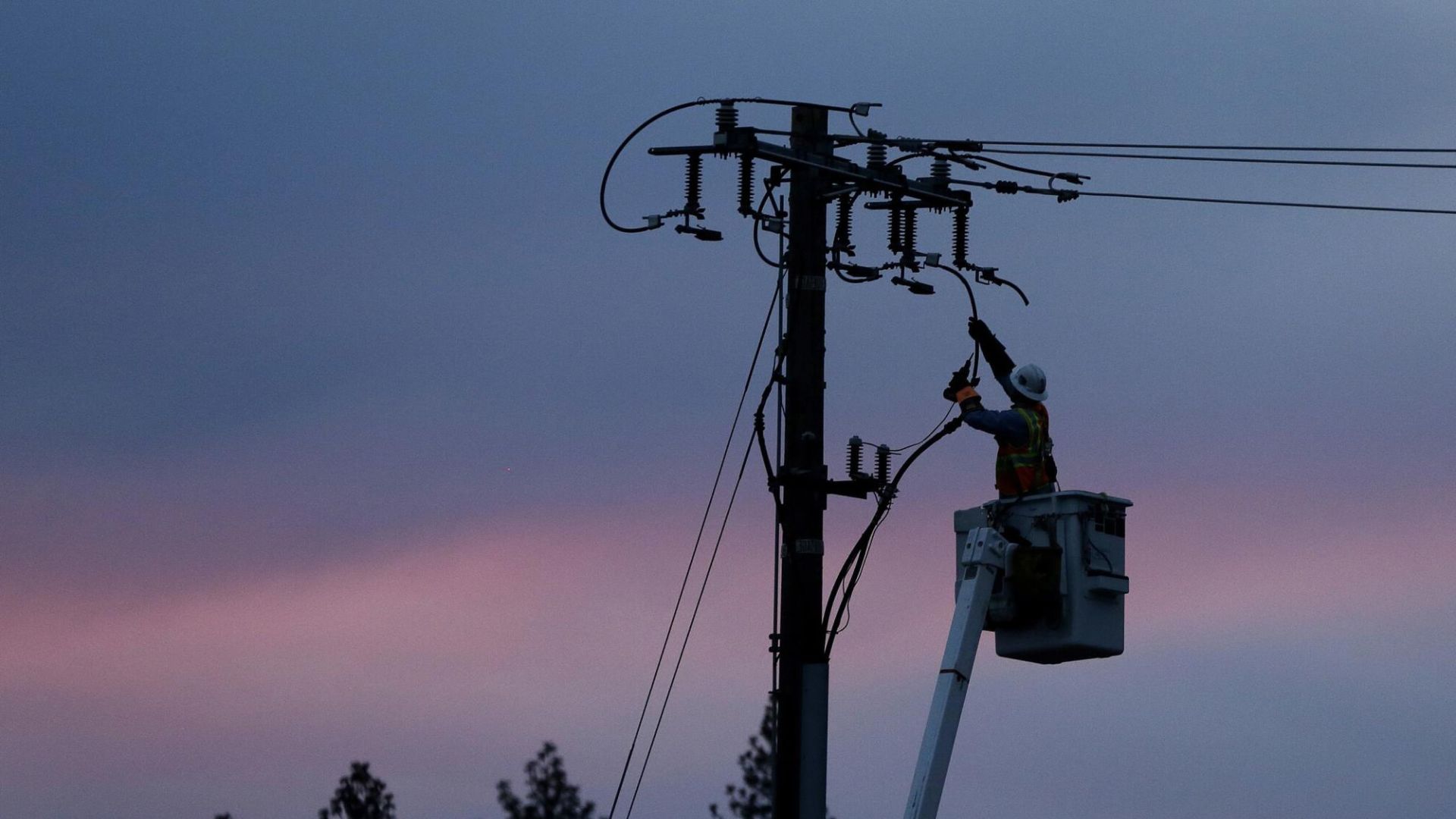Ever looked at your property pole and wondered if it’s still doing its job properly?
At Enersol, our Residential Electrician Gold Coast - In remote and coastal areas, property pole maintenance is often overlooked — until something goes wrong. Unlike urban environments, these locations face unique environmental pressures that can wear down poles faster than you’d expect.
Think salty sea air that eats away at metal, strong coastal winds that loosen fittings, and corrosive soils that can weaken the pole base. Learn more about residential wiring guide. Left unchecked, these issues don’t just cause minor inconveniences — they can lead to serious electrical faults, complete power outages, or even damage to your property.
Maintaining your pole isn’t just about keeping the lights on — it’s about keeping your home safe. This guide is here to help you spot risks early, take practical steps to protect your pole, and know when it’s time to call in the pros.
Let’s take a closer look at what your pole’s really up against — and what you can do about it.

Why Maintenance Differs in Coastal and Rural Zones
Not all poles face the same challenges — location matters more than you might think.
In coastal areas, the air is rich in salt, which may feel great on your skin but wreaks havoc on electrical components. Salt accelerates rust, corrodes fittings, and damages exposed wiring.
Moisture in the air can also seep into cracks, causing metal fatigue and electrical degradation much faster than in urban environments.
Rural areas bring a different set of challenges. Wildlife can nest in or chew on pole fixtures, while strong UV exposure and seasonal bushfires place additional stress on materials.
Harsh terrain and wide-open landscapes also mean poles often endure higher wind pressure, with little to shield them.
To make things trickier, delays in getting emergency repairs are more likely in these regions. Unlike the city, where a sparky can pop over in an hour or two, rural and coastal properties may wait longer for professional help. That makes regular maintenance even more critical because when problems arise, you might be on your own for a while.
Understanding your environment is the first step to knowing how to care for your pole properly.
Common Signs Your Property Pole Needs Attention
Even a solid-looking pole can hide trouble, so what should you be looking for?
Start with the basics. A pole that leans to one side, has cracks forming around its base, or shows visible rust on metal components is a red flag. Fixtures should be secure, and any loose or rattling parts could indicate internal weakness.
Pay attention to how your power behaves, too. Flickering lights, sudden blackouts, or frequent trips in your fuse box could all point to an issue with your pole.
Exposed wiring or signs of animal interference (like chewed cables or nests) should be taken seriously, even if the pole seems stable.
Storms, floods, and heatwaves can all accelerate wear. That’s why periodic inspections — even if everything looks “fine” — are a must. Catching damage early could be the difference between a quick fix and a costly replacement.
Best Practices for Routine Pole Care
You don’t need to be an electrician to keep your pole in top shape — a few regular habits can go a long way.
Start by making visual checks part of your seasonal routine. Walk around the pole and look for signs of wear like rust, leaning, or loose fixtures.
If vegetation is growing too close, trim it back. Overgrown plants can trap moisture or become fire hazards, especially in dry months.
Keep the area at the base of the pole clear. Avoid piling up mulch, wood, or anything that might retain water or encourage pests.
Don’t go poking around electrical components — that’s a job for licensed professionals only. If you suspect damage, call it in. It’s never worth the risk of handling live wires yourself.
A smart move is to document the condition of your pole annually and after major weather events. Take a few photos, jot down any changes, and keep them in a safe spot. This makes it easier to track deterioration over time and share with your electrician if problems arise.
Protective Measures Against Harsh Elements
A few upfront precautions can help your pole last longer and handle whatever the environment throws at it.
If you’re installing a new pole or upgrading parts, go for corrosion-resistant materials. Galvanised steel poles, stainless fittings, and protective coatings can offer years of extra life, especially in salty or humid regions.
Think about water too. Damp soil weakens foundations, so make sure drainage around the pole is adequate. Keeping the area dry reduces the risk of corrosion at the base.
Wildlife is another culprit in rural zones. Possum guards or physical barriers can keep curious creatures from climbing up and damaging wires. Similarly, using enclosed weatherproof junction boxes prevents water and pests from getting inside your system.
Bushfire risk? Clear surrounding vegetation and avoid planting directly beneath your pole. Even low shrubs can become a fire bridge if a spark flies during dry conditions.
It’s all about limiting exposure and reinforcing vulnerable spots. A bit of prevention now can save a lot of expense (and stress) down the line.
Professional Inspection and Maintenance Intervals
When it comes to electrical safety, there’s no substitute for a qualified inspection.
For rural and coastal properties, a professional checkshould be done at least once a year, or twice if you’re in an area with frequent storms, salt spray, or wildlife activity.

Licensed electricians don’t just eyeball things — they’ll assess the structural integrity of the pole, test all electrical components, check grounding systems, and identify early signs of damage that you might miss.
They’ll also ensure that everything meets the latest safety codes and guidelines. That’s important because standards can change over time.
Routine servicing not only keeps your system running smoothly but also reduces risk and helps extend the life of your setup. In some cases, early detection of wear and tear can even prevent full pole replacement.
Don’t wait for things to go wrong. Scheduling regular inspections is an investment in long-term safety and peace of mind.
Legal and Safety Compliance in Property Pole Management
If you own a private power pole, you’re responsible for its upkeep — and that’s not just good advice, it’s the law.
Australian safety regulations require property owners to ensure their poles are safe, stable, and electrically sound. Ignoring maintenance can lead to serious consequences, from fire hazards and power faults to insurance claims being denied.
Non-compliance can also mean legal liability if damage or injury occurs due to neglect.
It’s essential to stay up-to-date with your local council or energy provider’s requirements. They’ll often provide guidelines or reminders to help you stay compliant, but the responsibility lies with you.
Reliable Help When You Need It Most
Whether your property overlooks the coast or stretches across rural farmland, safeguarding your power poles is crucial for long-term safety and performance.
At Enersol Electrical, we understand the unique conditions your property faces — from salty sea air to bushfire-prone zones. Our team offers expert servicing tailored to your location, including detailed inspections, corrosion-resistant upgrades, and fast response when it matters most.
We don’t just tick boxes — we look for ways to genuinely improve the safety and lifespan of your power setup. With certified electricians and experience across regional NSW and beyond, you can count on reliable service every time.
Don’t wait until your power cuts out or a storm knocks something loose. Stay ahead of the damage and let us help protect what matters. Explore our Residential Electrician Gold Coast to learn more.
Contact Enersol Electrical today — your trusted partner in property pole care.